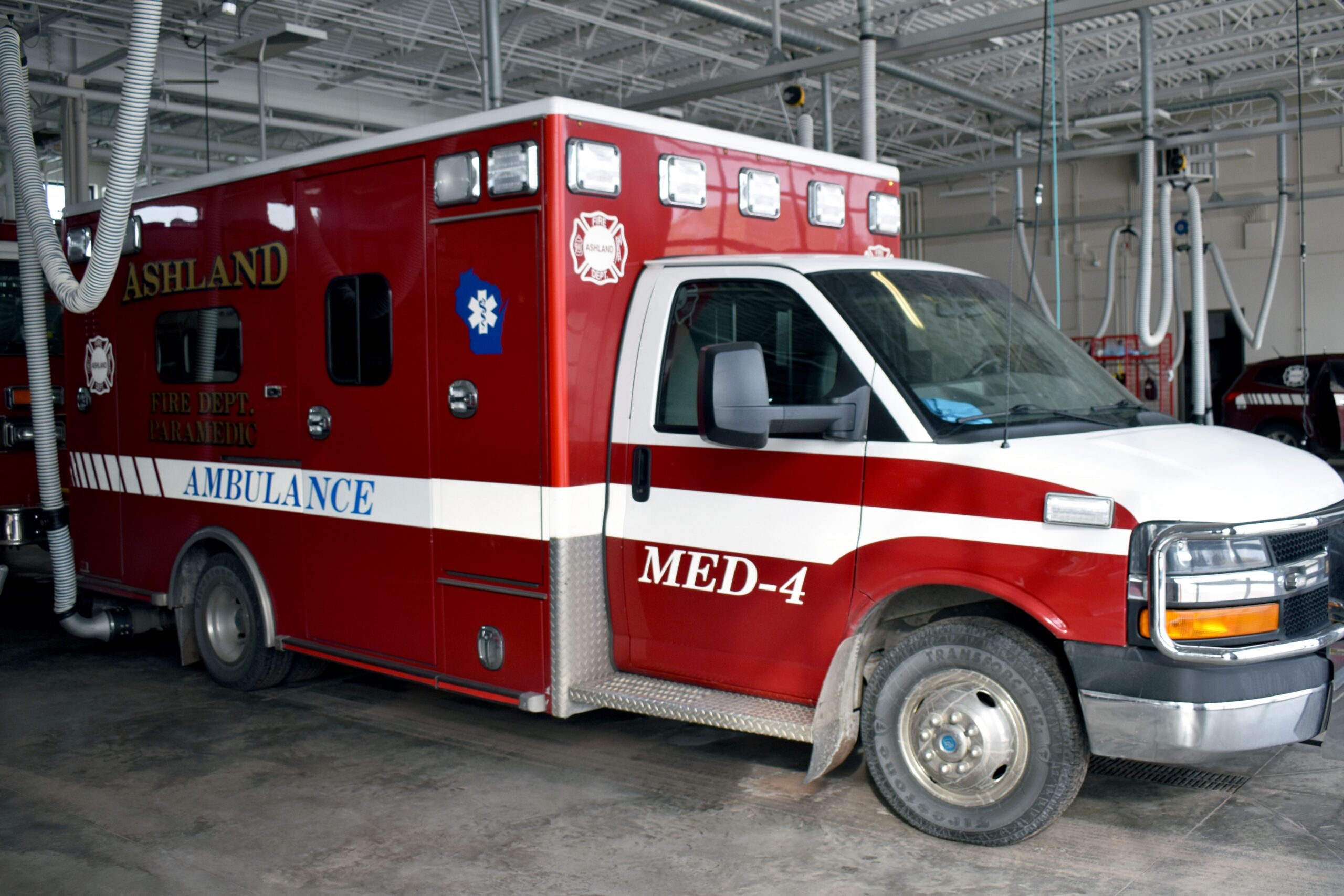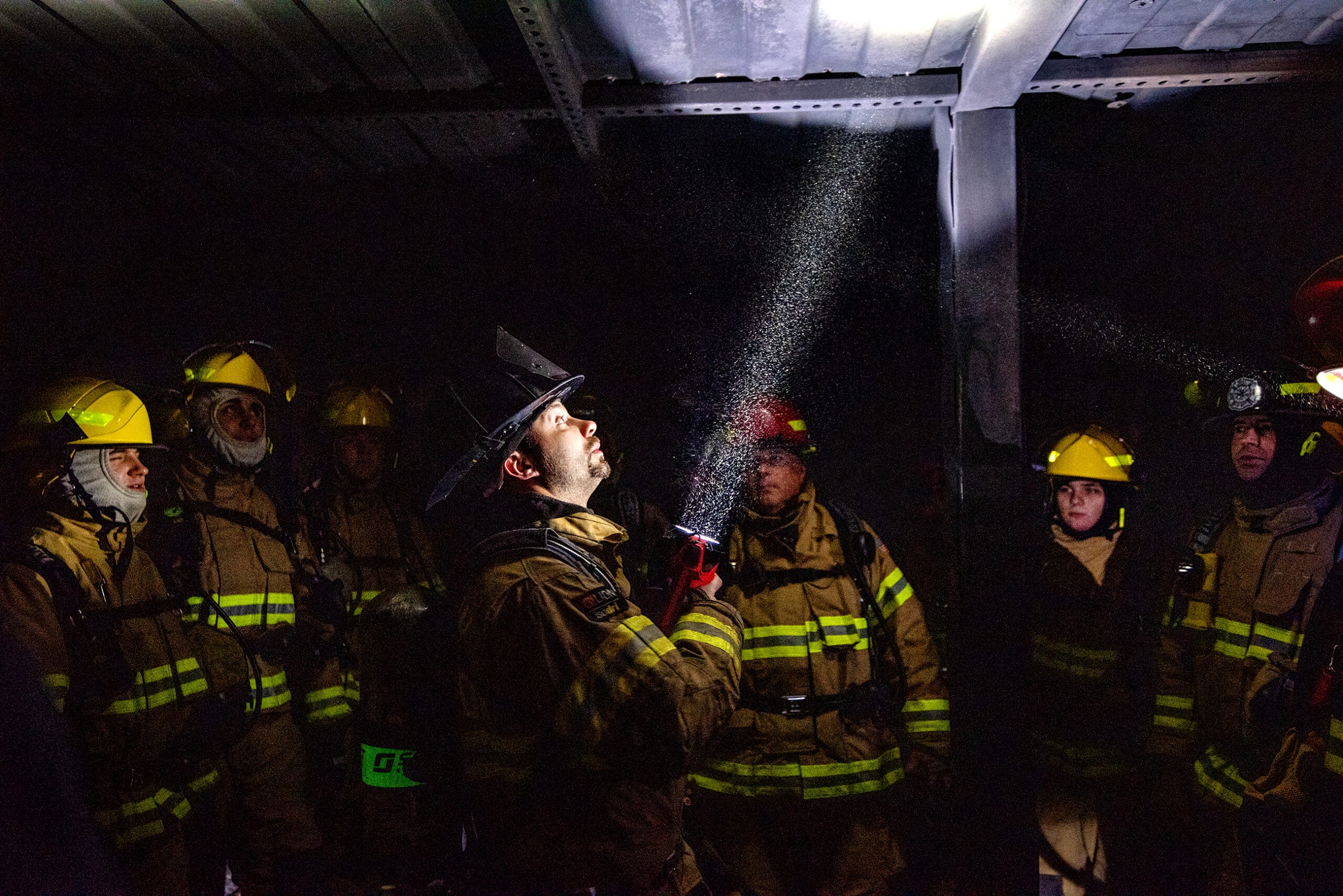Two northern Wisconsin counties are exploring a possible merger of their 911 dispatch centers to improve staffing levels and services in the region.
Ashland and Bayfield counties are splitting the cost of a roughly $50,000 feasibility study that will be conducted by Pennsylvania-based Mission Critical Partners to examine equipment, staffing and governance of a potential joint dispatch center.
The study is being conducted as the counties are each seeking to apply for up to $500,000 in grant funding as part of $6 million that’s available from the state for equipment and training to transition to NextGeneration9-1-1. The system is expected to improve emergency response by allowing transmission of both audio and data, including photos, videos and texts, from 911 calls.
News with a little more humanity
WPR’s “Wisconsin Today” newsletter keeps you connected to the state you love without feeling overwhelmed. No paywall. No agenda. No corporate filter.
The grants also fund expenses related to consolidation of public safety answering points or dispatch centers that answer 911 calls. Bayfield County Emergency Management Director Meagan Quaderer said the counties are exploring that option to improve services and address staffing issues.
“Both counties are small, and there are financial restrictions for both counties on how much staff they can afford to fund,” Quaderer said.
Bayfield County’s dispatch center has a roughly $450,000 budget with six full-time and two part-time employees, said the county’s Chief Deputy Andy Runice.
“We’re trying to hopefully address that concern to be sustainable throughout the future in response to our communities,” Runice said.
Ashland County currently budgets just under $675,000 for its five full-time employees and four part-time dispatchers. The county’s administrator, Dan Grady, said its dispatch center currently operates with only one dispatcher on staff for eight hours a day.
“We have two dispatchers on most of the time, but there are some slower time periods when we don’t. Bayfield County does not either. So, that’s one of the impetuses to looking at the merging of dispatches,” Grady said during the county’s public safety committee meeting Monday.

Under the grant, the counties would be required to have a minimum of two dispatchers on staff, 24 hours a day and seven days a week, as well as provide emergency medical dispatch. Grady said that involves trained dispatchers who stay on the line with callers to provide medical assistance before law enforcement or emergency services arrive at the scene. While dispatchers currently provide telephone CPR, the counties aren’t required to provide emergency medical dispatch services.
During Monday’s committee meeting, Ashland County Emergency Management Director Dorothy Tank said the two counties are considering whether to fully merge their centers, a hybrid option where they may combine some operations or going it alone.
“We need to be prepared for both counties just going their own different direction, but hopefully still with a long-term goal and insights into still buying what our own needs are but with a long-term goal of eventually merging at some point in time,” Tank said.
The benefit of consolidation is that it would improve staffing levels and yield savings for the two counties over the long run. Quaderer said she sometimes jumps in to fill shifts at Bayfield County’s dispatch center when they’re short-handed to help staff avoid burnout, noting dispatchers are facing more severe calls. Even so, she said there are potential drawbacks to merging services.
“My concern from a dispatch standpoint is we all have good relationships with our emergency responders. We know our EMTs and firefighters and law enforcement officers by first name,” Quaderer said. “We don’t want to lose that connection because those relationships make us better dispatchers.”
Another concern related to consolidation includes ensuring an adequate backup system is in place if there’s a 911 outage in the area. Currently, Bayfield County’s calls are routed to neighboring Douglas County.
The two counties aren’t the only communities exploring whether to merge services.
The city of Mequon is consolidating its emergency dispatch services with the Ozaukee County Sheriff’s Office due largely to staffing constraints. In Milwaukee, the city’s police and fire departments plan to merge operations into one unified call center under the Department of Emergency Communications. The two departments have also struggled to fill vacant positions.
Bayfield and Ashland counties are meeting this week with Mission Critical Partners, which will conduct interviews with emergency services, fire departments and other stakeholders. The company is slated to provide an initial report of its findings to both counties by Oct. 14, so that county officials can decide next steps before grant applications are due Oct. 25.
Wisconsin Public Radio, © Copyright 2025, Board of Regents of the University of Wisconsin System and Wisconsin Educational Communications Board.





